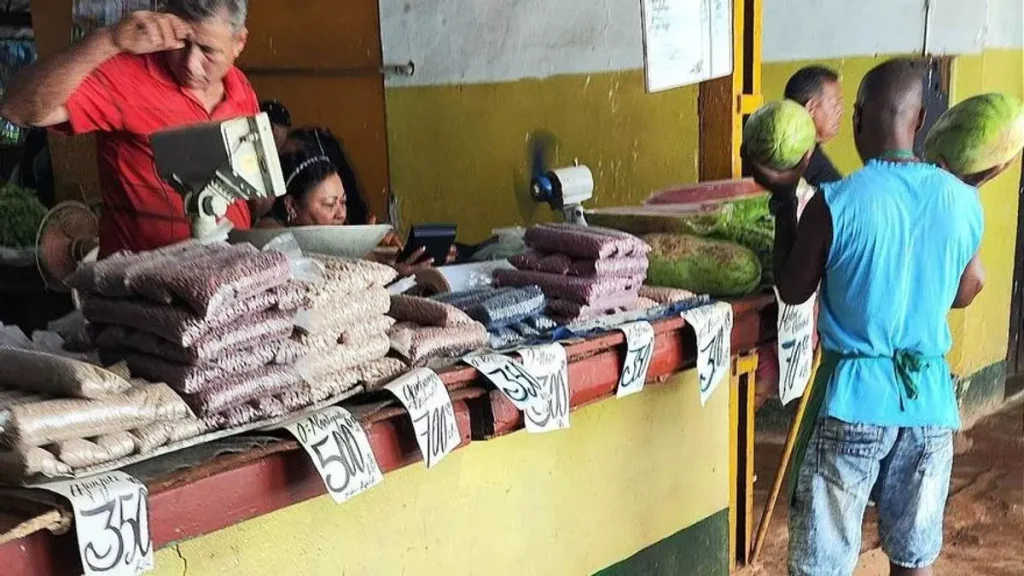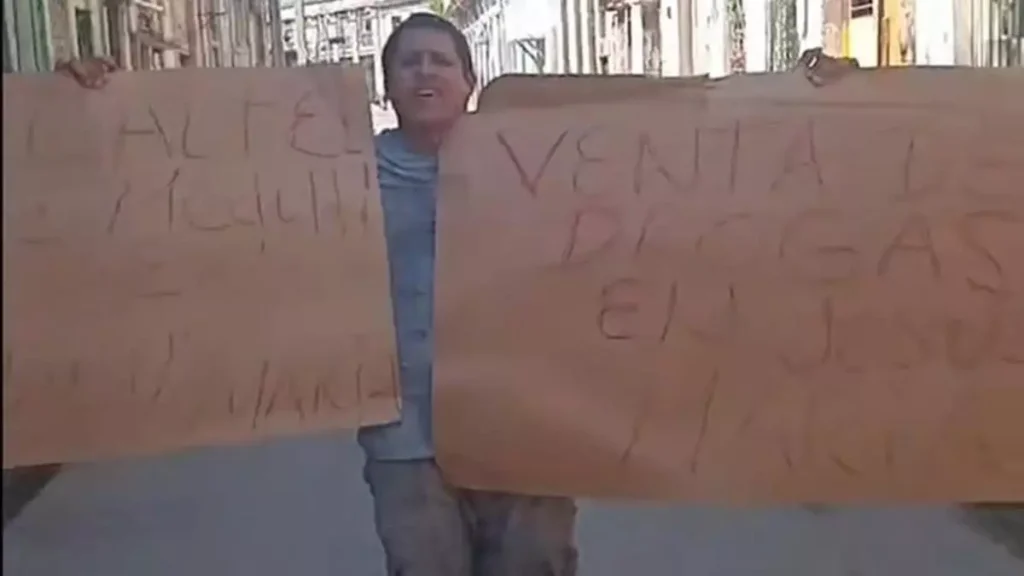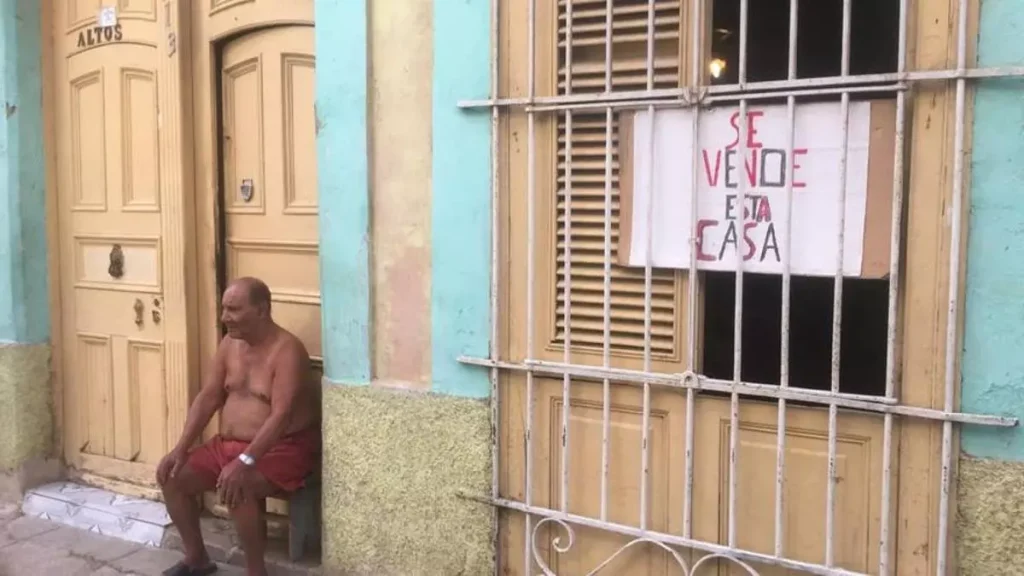The provincial government has issued fines totaling a million pesos

![]() 14ymedio, Havana, 3 September 2024 — The price controls that took effect on July 8 have forced six privately owned businesses in Cienfuegos to close and led to the cancellation of thirty employment projects nationwide. In what it calls “forced sales,” the government is also requiring more than twenty companies to sell food products and other essential merchandise now being stored in their warehouses if they want to avoid being slapped with price controls.
14ymedio, Havana, 3 September 2024 — The price controls that took effect on July 8 have forced six privately owned businesses in Cienfuegos to close and led to the cancellation of thirty employment projects nationwide. In what it calls “forced sales,” the government is also requiring more than twenty companies to sell food products and other essential merchandise now being stored in their warehouses if they want to avoid being slapped with price controls.
According to Alexander Brito Brito, the provincial government’s Coordinator of Programs and Objectives, a total of 862 inspections were conducted, which resulted in 590 fines.
Brito did not indicate when the most recent “price control actions” had been carried out but said 630 violations of price control regulations had been uncovered. The regulations cap prices for chicken, cooking oil, powdered milk, pasta, sausages and laundry detergent. The provincial newspaper 5 de Septiembre stated that the measures, which apply only to private businesses, are intended to “provide some degree of economic relief to [Cuban] families.” continue reading
Provincial officials carried out 862 inspections and issued 590 fines
“Provide economic relief to families? What planet are these fine-levying legislators living on? They live in a bubble of manipulation. I’m going to Cienfuegos in two weeks. We’ll see how things really are and just how relieved families there are feeling,” replied one angry reader on Cubadebate, which reposted the 5 de Septiembre article on Monday.
Brito estimated that the provincial government’s actions have generated one million pesos in fines. Businesses were penalized not not only for violating this rule but also for violating Decree #30, a 2021 law that allows prices to be capped based on the needs of each jurisdiction. “We received and responded to five reports and fifty-six citizen complaints,” he is quoted as saying. “There were also actions taken to address illegal activities. In several jurisdictions we found minors engaged in self-employment.”
On a positive note, he adds that increased use and acceptance of digital payment systems was observed in business that were inspected. He points out, however, that many companies are skirting the law. “In an alarming trend, some decided to close up shop during normal business hours.” At no point, however, does he mention the problem of internet connectivity, which is one of the main reasons many Cuban businesses do not use electronic payment systems.
The price control measures adopted in July — presumably through an agreement with some businesspeople in exchange for an exemption from import duties — have incensed private business owners. “I ended up having to liquidate my inventory of powdered milk. Since I can’t make a profit on it, I won’t be carrying it anymore. From here on out, people will have to buy it on the black market for a very high price because a lot of us can’t afford to make bad deals,” said Ramón, a vendor at Cienfuegos’ Yarda market, last month.
Internet connectivity problems are one of the main reasons many Cuban businesses do not use electronic payment systems
He claims that, though the measure has been well received by the public, private businesses have reported losses of over a million pesos in less than a month. Having to sell off their inventories for less than what they paid for them means businesses have been unable to turn a profit.
The opinions expressed by readers of state media outlets such as Cubadebate to the news from Cienfuegos suggest a certain level of public approval of the price controls though some people appear to have reservations. Many view these measures as just the latest iteration of a policy that has been tried the island for more than sixty years to no effect. “These attempts to curtail illegality and control prices are nothing new. It’s like pouring rainwater on wet ground. It does not solve the problem,” reads one post.
Along with a group of skeptics — along those who believe these measures do nothing but push consumer products onto the much more expensive informal market — there is a large cohort demanding that officials adopt the same policy for state-run stores which, until now, have been oblivious to the situation. “Is there any information on price controls in hard-currency stores?” asks one. “Or perhaps in the online Cuban peso stores run by Cimex and Tiendas Caribe?” asks another.
In several jurisdictions minors were found to be engaging in self-employment
“Very good, excellent news. By the way, may I ask why are prices not being regulated in state-owned establishments such as hard currency stores or the National Bread Chain? Or is it that these places do not sell basic necessities?” asks one reader. The question is rhetorical but the answer for many is simple: state-run stores stopped satisfying the public’s needs long ago.
Meanwhile, another reader warns of consequences if businesses continue to close. “The state will have a problem if [private companies] sell off their inventory, collect the money and shut down. There will be two problems. First, nearly a million unemployed people will be looking for work. Secondly, these people will not have food to eat or money to pay taxes. Where will tax revenue come from if most of them are closed?”
____________
COLLABORATE WITH OUR WORK: The 14ymedio team is committed to practicing serious journalism that reflects Cuba’s reality in all its depth. Thank you for joining us on this long journey. We invite you to continue supporting us by becoming a member of 14ymedio now. Together we can continue transforming journalism in Cuba.
















